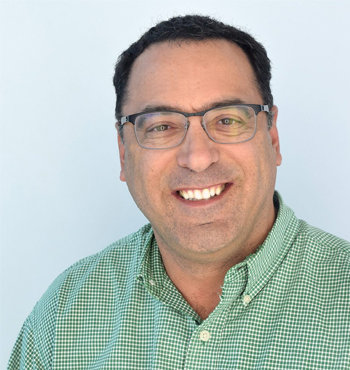The numbers behind the ‘Age Wave’
Special to the Recorder
I often times hear conversations about our current aging population. Many people say that the “Age Wave” is on its way. Wrong! The “Age Wave” is already here, and we have not come close to high tide yet.
Over the next several months, I will be sharing some articles with you that will hopefully help you and your family members navigate many of the trials and tribulations when caring for a loved one.
I tell families all of the time that we did not go to school or take any courses on how to care for our aging parents, so it’s essential to educate yourselves on the variety of options available.
For today’s article, I will share some eye-opening statistics regarding the world of aging.
Caregiving population
According to research from the National Alliance for Caregiving and Evercare in 2009, the value of the services family caregivers provide for "free," when caring for older adults, is estimated to be $375 billion a year. That is almost twice as much as is actually spent on homecare and nursing home services combined ($158 billion). In addition, 47 percent of working caregivers indicated an increase in caregiving expenses has caused them to use up all or most of their savings.
Also, here are a few statistics to consider from the National Alliance for Caregiving in collaboration with AARP in 2009 regarding the caregiving population:
• More than 65 million people, or 29 percent of the U.S. population, provide care for a chronically ill, disabled or aged family member or friend during any given year and spend an average of 20 hours per week providing care for their loved one.
• The typical family caregiver is a 49-year-old woman caring for her widowed 69-year-old mother who does not live with her. She is married and employed. Approximately 66 percent of family caregivers are women. More than 37 percent have children or grandchildren under 18 years old living with them.
• Thirteen percent of family caregivers are providing 40 hours of care a week or more.
• 51 percent of care recipients live in their own home, 29 percent live with their family caregiver and 4 percent live in nursing homes and assisted living.
Impact on family caregiver’s health
The research on the impact of caregiving on one’s health is significant.
Again according to the National Alliance for Caregiving in collaboration with AARP in 2009, 23 percent of family caregivers caring for loved ones for five years or more reported their health is fair or poor.
In addition, research from the Proceedings of the National Academy of Sciences in 2003 concluded that stress of family caregiving for people with dementia has been shown to impact a person’s immune system for up to three years after the caregiving ends, thus increasing their chances of developing a chronic illness themselves.
Lastly, the Proceedings of the National Academy of Sciences also found in 2004 that family caregivers experiencing extreme stress have been shown to age prematurely. This level of stress, said the organization, can take as much as 10 years off a family caregiver’s life.
All of this information reinforces that the “Age Wave” is already here. We also need to be aware of the needs of our aging parents and loved ones as we want to care and support them the best that we can.
Seth Movsovitz is the owner of Ponte Vedra Home Care, a private duty home care agency. He has over 16 years of experience in the home care industry and is a PAC (Positive Approach to Care/Teepa Snow)-certified dementia trainer. Visit https://pvhomecare.com/ for more information.







